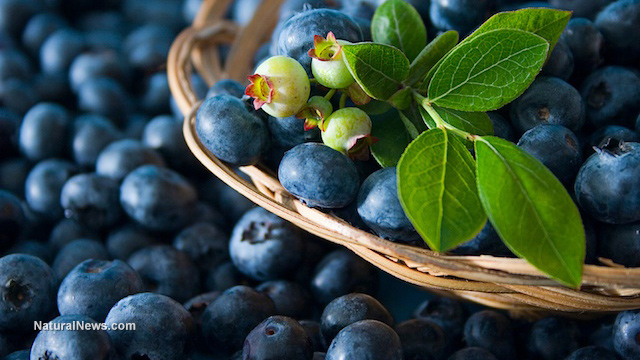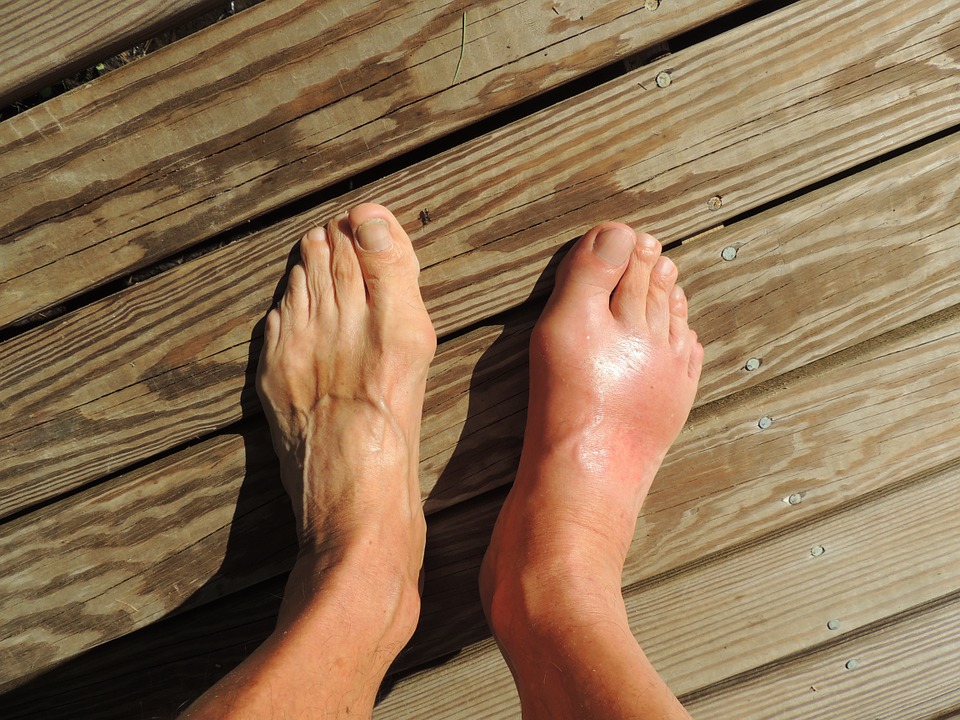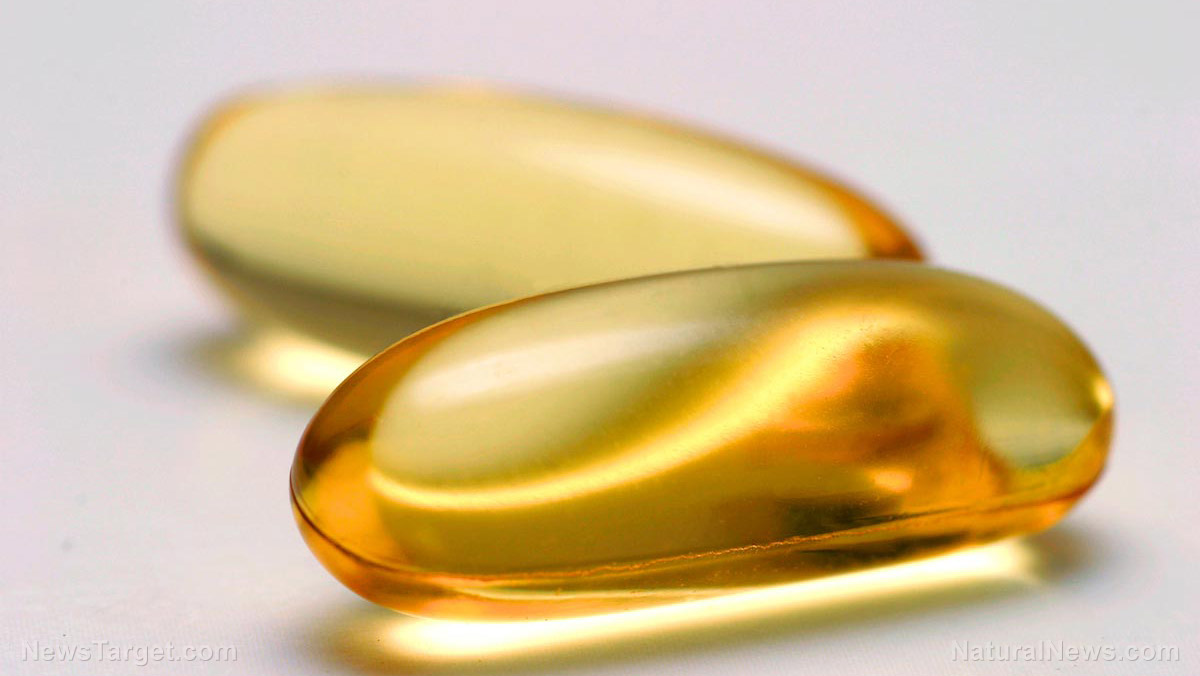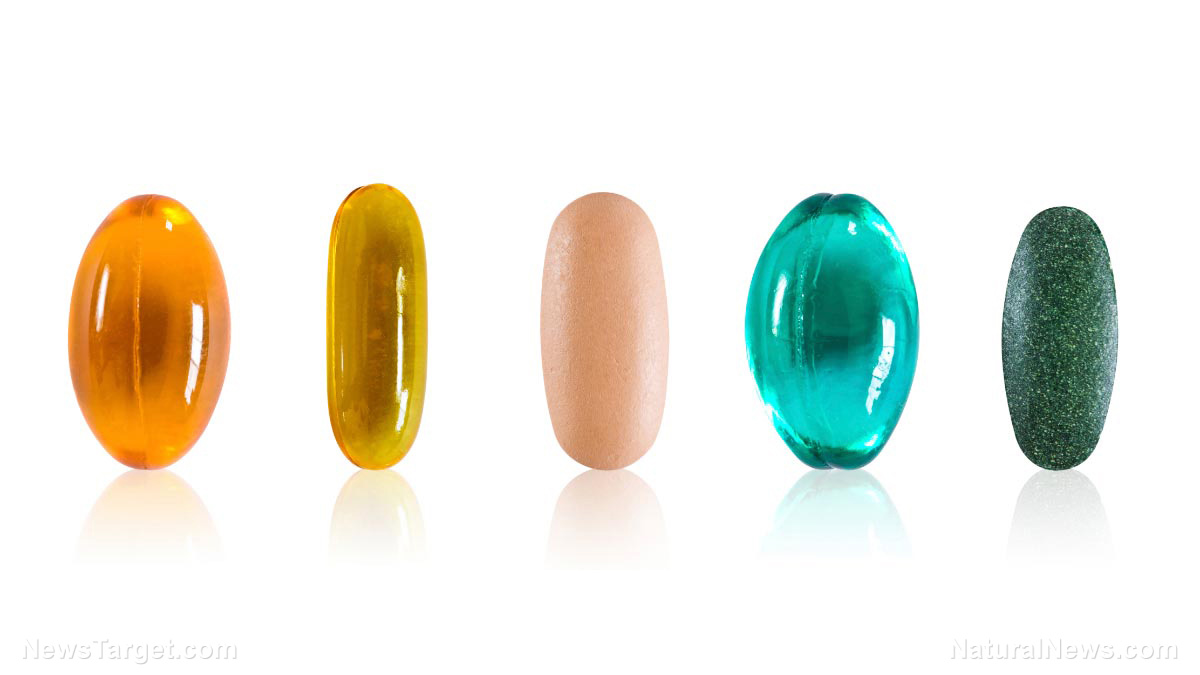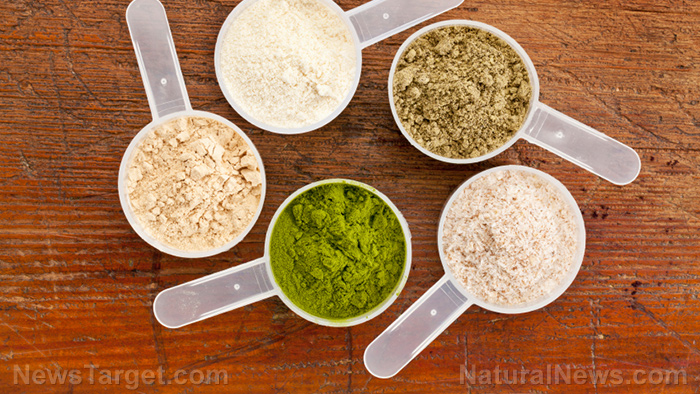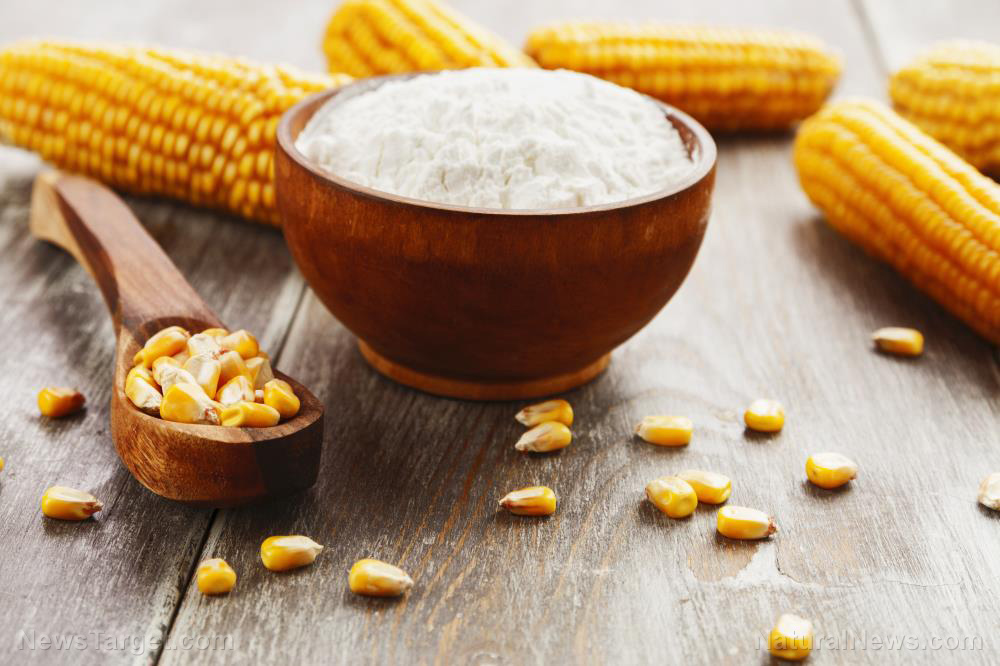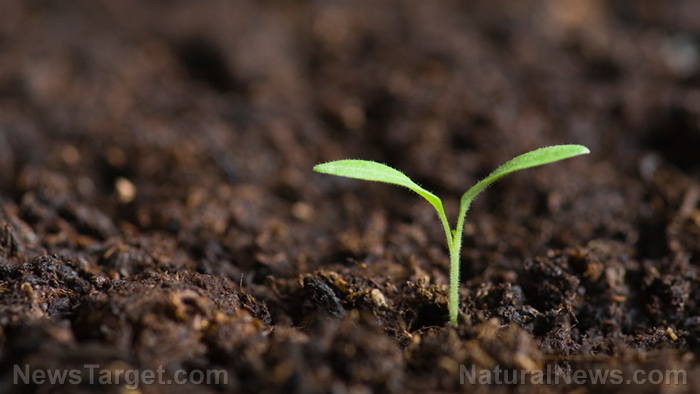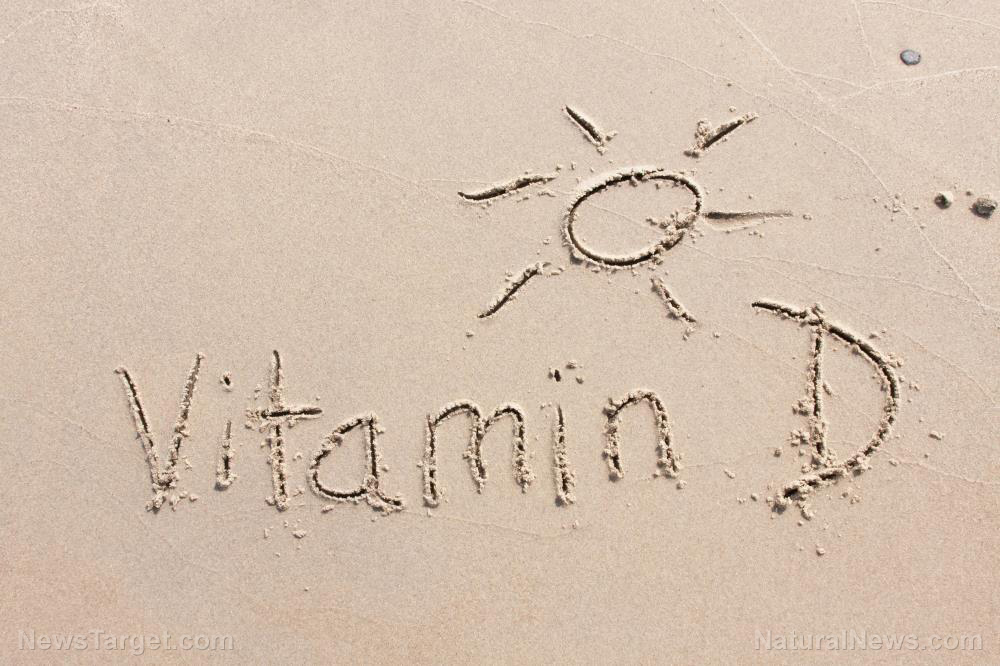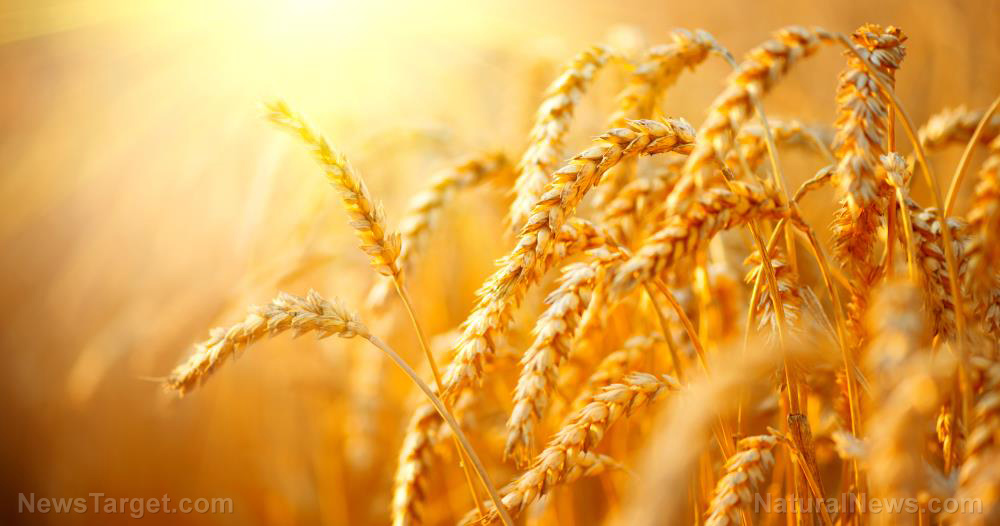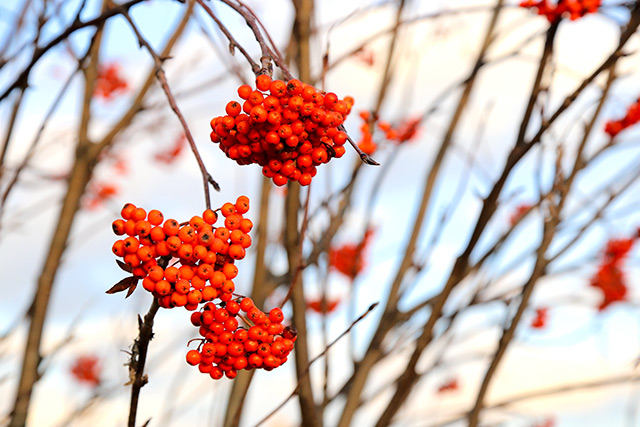Stop throwing away this weed; it could help lower your cholesterol
05/01/2017 / By Earl Garcia

A vast number of studies have demonstrated purslane’s efficacy in reducing blood cholesterol levels. As reported by OfftheGridNews.com, the plant is actually a beneficial herb packed with nutritional benefits, despite it being considered an insignificant weed. Purslane is known to contain high levels of carotene and antioxidants as well as vitamin A, vitamin C, and vitamin E. The plant is also packed with essential minerals such as potassium, calcium, and magnesium as well as zinc, phosphorus, and manganese. This makes the herb especially beneficial to the skin and both the urinary and digestive systems. However, purslane’s greatest benefits lie in its fleshy leaves that contain high levels of omega-3 fatty acids. In fact, purslane contains the highest levels of omega-3 fatty acids among leafy green vegetables.
This rather hardy weed grows practically everywhere — in gardens, backyards and sidewalks — and most people pull them out deliberately. The plant is characterized by its succulent green leaves, red stems, and yellow flowers. Purslane, which typically grows in areas with a hot climate, is native to Asia but is popular in the Mediterranean region.
Clinical studies support purslane’s health benefits
A 2015 study revealed that the herb improved glycemic status and lipid profile in patients with type-2 diabetes. As part of the study, a research team examined 48 type-2 diabetes patients and found that those who consumed purslane seeds exhibited significant reductions in body weight and fasting plasma glucose levels. The patients also displayed marked reductions in systolic blood pressure and serum triglyceride levels. Patients who consumed purslane seeds also showed significant decreases in diastolic blood pressure. The findings were published in the Journal of Research in Medical Sciences.
Another study published in 2011 confirmed that purslane consumption significantly reduced blood cholesterol levels. As part of the study, a team of researchers from Delaware State University and Alcorn State University in Mississippi examined hypercholesterolemic participants who were instructed to incorporate freeze dried purslane into their diets. The research team found that the participants’ total cholesterol levels decreased by 15 percent at four weeks, while bad cholesterol concentrations declined by 27 percent during the same period. In addition, good cholesterol levels increased by nine percent during the four-week mark. These results appeared in the International Journal of Nutrition and Metabolism.
Growing your own purslane
With its astonishing medicinal profile, it might prove useful to grow your own purslane. Here are a few important pointers to remember in cultivating the plant:
- The source – Wild purslane can be seen growing in a flat, circular, and horizontal position that spans up to 16 inches across. You can harvest seeds from these plants to jump start your growing process. However, avoid harvesting seeds or plant material from those that grow by the road or near areas where chemicals are sprayed. A more convenient option is to buy purslane seeds from a gardening store.
- The soil – Purslane grows practically in any soil type, as long as it is recently cleared and turned. The plant thrives well during wet summers.
- Planting the herb – Planting purslane can be done in three methods: by sowing seeds, planting cuttings, or transplanting seedlings. When using seeds, simply scatter them over the soil and wait for them to germinate. There’s no need to cover the seeds as they require sunlight to grow. Purslane cuttings can be directly planted into the soil. Water the cuttings and let it take root for a few days. Transplanting seedlings work the same way. Once the plant is settled, it remains carefree and low-maintenance as it grows. The plant takes about four to six weeks to reach maturity.
Read more news on medicinal herbs at Herbs.news.
Sources include:
Tagged Under: cholesterol, gardening, gardening skills, herb, herbal medicine, purslane, weed


